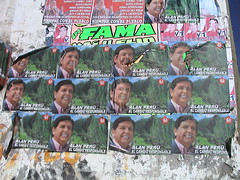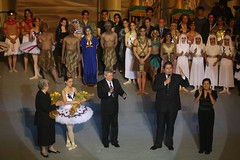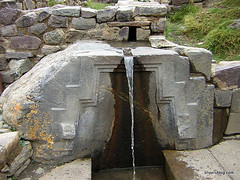Ancient temple wall discovered, shaped like Andean chakana
Ventarrón, a 4000 year old ceremonial site with spectacular murals painted by ancient peoples who lived during the dawn of civilisation, has given up another stunning prize.
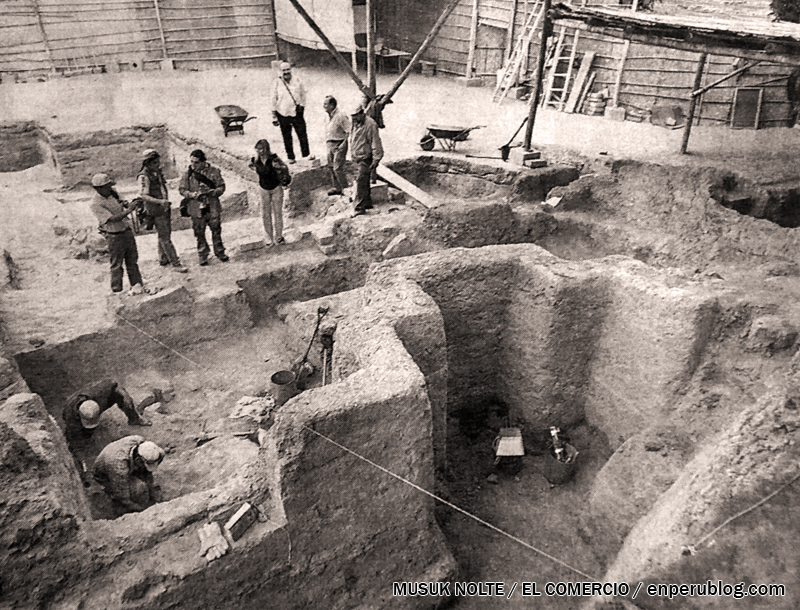
Temple wall shaped as a Chakana -Andean Cross
It had already made news when the site, once used by locals as a garbage dump, was found to be home to a temple complex with the oldest murals yet found in Peru.
Now, thanks to the work of archaeologist Ignacio Alva Meneses, son of the famed Walter Alva who discovered of the tomb of the Lord of Sipán, the 4000 year old temple has revealed another stunning secret.
To the side of the temple, one of a series of rooms has been discovered that is shaped like the ancient Andean symbol called the Chacana – also known as the Andean Cross, or in Spanish, the Cruz Andina. As one of the oldest examples of this important cultural symbol discovered, it may eventually help provide more insight into its origin.
The Chakana
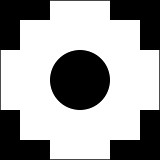 Considered by many to be an “Inca symbol”, it is as inherited by them as the Quechua language and the valley of Cusco are. The chakana is far more ancient.
Considered by many to be an “Inca symbol”, it is as inherited by them as the Quechua language and the valley of Cusco are. The chakana is far more ancient.
This room in the temple, for example, is 4000 years old.
Chakanas were also found in the Chavín world, 3000 years ago. In the famous huge rock obelisk studied by archaeologist Julio C. Tello, a chakana is clearly seen top and centre.
Chakanas were also found in the Moche culture 1000 years ago and incorporated into their art.
But the oldest examples of Chakanas have been found in Caral, and have been dated to almost 5000 years ago.
Discovery
It was Ignacio Alva’s keen eye that two months ago noticed the potential importance of the small collection of rooms to the side of the main pyramidal temple mound.

They knew of the small rooms to the side, but didn't dare dream they'd be so significant
As shown in this older reconstruction, Alva and his team on site had always known there was a structure on the top right corner, but had no idea it was shaped as it is.
While excavating this part of temple complex that measures about 10 metres squared, Ignacio Alva explained he had a feeling something important would be found here. On removing the garbage that had been dumped on the site by locals, he commented that it was like he had a sixth sense that told him so.
Alva explains that is is the first time that a Chakana has been found to have been incorporated into ancient architecture.
“We even think this was the first centre of civilisation in the Americas, because, in contrast with Caral, where there is no artistic expression so rich as here, Ventarrón has a great variety of symbols and iconography”, Ignacio Alva explained.
Previously, the team had made news with their find of very well preserved two metre high colourful murals that once adorned the temple. Thanks to this latest discovery the team is making news again, with archaeologists now commenting on the huge significance of the ceremonial site, and that its scientific value may be more than even that of Caral.
Hoping to continue making headlines, the team is now further studying the ceremonial centre on the top of the pyramidal structure. Just as with Caral, it seems as though these ancient people maintained a cult devoted to fire. On top of the temple structure a flame was kept burning, probably continually, and had some kind of religious significance.
Tags: chakana, civilisation, ignacio alva, lambayeque, ruins, ventarron, walter alva




